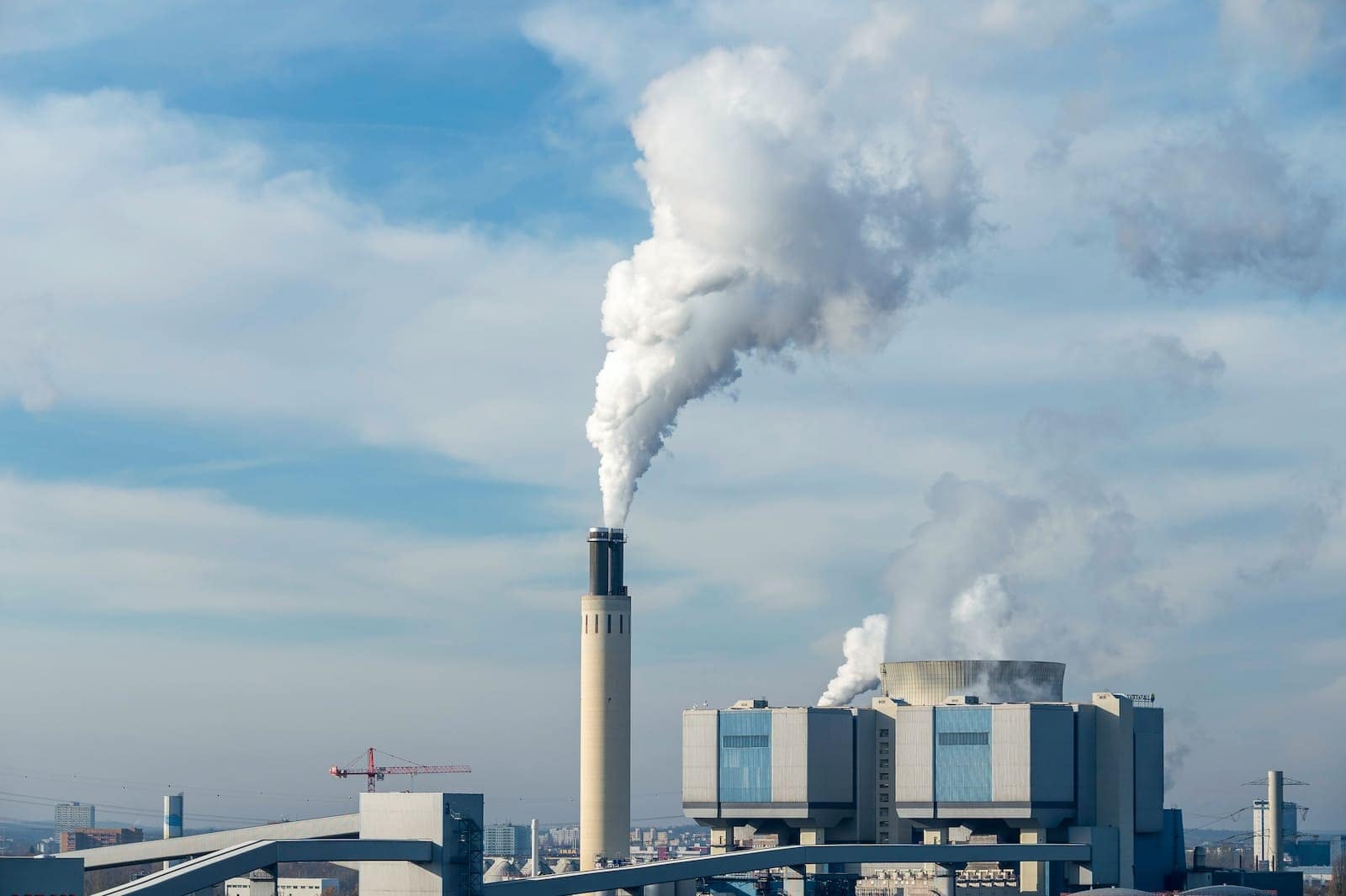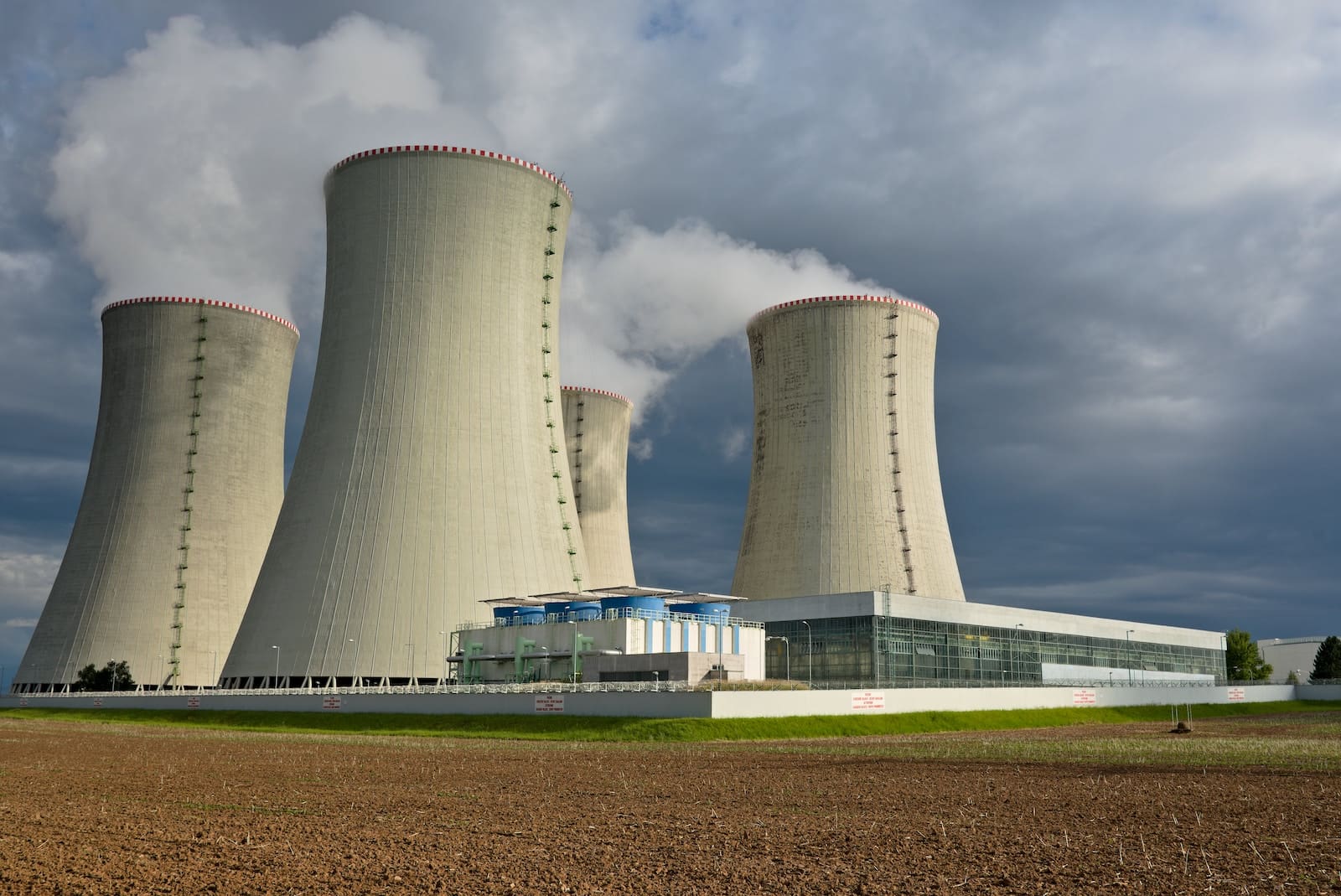Coal and nuclear energy are two different forms of energy. It can be used to power homes and businesses, and more people are using these sources.
There are many sources of energy available, and the difference and advantages of each must be learnt for responsible usage and sustainability.
Key Takeaways
- Coal energy is derived from the combustion of fossilized plant matter, generating high amounts of greenhouse gases.
- Nuclear energy harnesses the power of nuclear reactions, resulting in minimal greenhouse gas emissions.
- Coal energy production costs less but has significant environmental impacts, while nuclear energy has higher upfront costs and requires careful waste management.
Coal Energy vs Nuclear Energy
Coal energy is generated by burning coal, which releases heat and drives turbines to generate electricity. It is abundant and cheap but has significant environmental impacts, such as air pollution and greenhouse gas emissions. Nuclear energy is a low-carbon energy source but has potential safety and environmental risks.

Coal energy is the energy extracted from coal, a non-renewable source obtained from the Earth’s crust by mining coal. It is the most common form of energy that is used worldwide.
It is also one of the main causes of pollution, as burning fossil fuels like coal produces carbon dioxide and water vapour.
Nuclear energy is in the form of energy extracted from nuclear materials like uranium and plutonium. These nuclear atoms are split to extract a large amount of energy that is used to produce electricity.
It does not produce environmental pollution; however, it does produce radioactive waste.
Comparison Table
| Parameters of Comparison | Coal Energy | Nuclear Energy |
|---|---|---|
| Source | Coal energy as the name suggests is extracted from coal. | Nuclear energy as the name suggests is extracted from nuclear fuel like radioactive atoms and ions. |
| Pollution | Coal energy produces a large amount of environmental pollution. | Nuclear energy produces much less pollution in comparison to coal energy production. |
| Nuclear Waste | Coal energy production does not produce nuclear waste. | Nuclear energy production does produce nuclear waste. |
| Amount of Energy Produced | A small amount of energy can be obtained from burning coal. | A large amount of energy is obtained from nuclear fission. |
| Renewability | Coal energy is a non-renewable form of energy. | Nuclear energy is a renewable source of energy. |
What is Coal Energy?
Coal energy is a range of energy forms that come from coal. A hard black rock that was once the remains of prehistoric plants and animals.
Coal is burned to produce heat and electricity and is also used to produce different chemicals. Coal is extracted from large deposits of coal.
The energy of coal comes from the carbon dioxide and hydrogen it contains. While coal is a valid source of energy, it is not without its flaws.
Coal is a major cause of pollution and environmental degradation. Some scientists believe it will eventually end up causing more harm than good.
They also believe that it’s possible to find a new and better resource of energy that is less harmful and that we shouldn’t become too reliant on one source of energy.
Coal is called a black diamond due to its high energy content. Coal is an organic sedimentary rock formed from peat, which has been subjected to heat and pressure over millions of years.
Coal is mostly carbon, the form of carbon found in living things when plants are converted to coal under extreme pressure and conditions. Coal is our main source of electricity around the world.
It is produced when large amounts of plants are buried in swamps. When plants are buried in swamps, they are covered with a layer of clay and sand over millions of years, and the plants are buried.
Large machines take the coal and break it into smaller pieces. It is then transported to the power plant and put into a furnace where it is burned and turned into steam.
That steam is then turned into energy and used to power the plant and the town around it.

What is Nuclear Energy?
Nuclear energy is a form of energy that is created by fission. Fission is a process where atoms of uranium are split apart to form smaller atoms.
Nuclear energy is a clean source of energy that doesn’t emit any greenhouse gases. However, nuclear energy is controversial because of its link to nuclear weapons and accidents.
Nuclear energy is a good alternative to non-renewable energy sources. Different countries have different energy strategies, and some countries have banned the use of nuclear energy.
There are two types of nuclear energy: the first is called nuclear fission. This reaction is used to produce energy in most nuclear power plants.
The reaction creates heat that can be used for heating and electrical power. Nuclear fission is the reaction of atoms with neutrons.
It produces high energy with radioactive byproducts, which can be used with nuclear weapons. The second is nuclear fusion.
This energy is released when two small atoms combine, releasing a large amount of energy.
Nuclear fusion energy is yet to be harnessed. Due to the tremendous amount of energy released, the energy is yet to be contained on the surface of the earth.
However, nuclear energy production does produce a large amount of nuclear waste that is harmful to living beings, and proper disposal of this waste is required.

Main Differences Between Coal Energy and Nuclear Energy
Coal must be mined and transported, which can be costly and can even cause pollution and harm to the environment and workers. Nuclear power is clean and safe and doesn’t have to be mined.
Coal energy is an electric energy that is produced by burning coal. The coal is then turned into steam, which is then turned into energy.
Nuclear energy is created when uranium atoms are split. The atoms are turned into neutrons which are then used to heat water.
This water is then used to create steam, which is then used to generate electric energy. Coal energy is more widely used, but nuclear energy has more potential power.
It is also safer than coal energy. Coal is a fossil fuel that is burnt to create energy, and nuclear energy is created by splitting atoms which is not a fossil fuel.
Coal mining does not produce harmful radiation, while nuclear energy generation produces radioactive nuclear waste.




